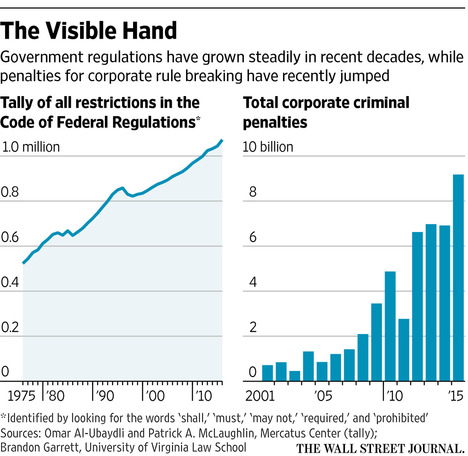(p. B4) CALL them boomerang retirees: people who exit gracefully after their career at a company, then return shortly afterward to work there part time.
More and more companies are establishing formal programs to facilitate this, for reasons that benefit both the employer and the retiree. Leaving a satisfying job cold-turkey for a life of leisure can be an abrupt jolt to people accustomed to feeling purposeful, earning money and enjoying their colleagues. From the corporate perspective, it is useful to have experienced hands who can train younger people, pass along institutional wisdom and work with fewer strings attached.
“People in the U.S. define themselves by their work, and they like their co-workers,” said Roselyn Feinsod, senior partner in the retirement practice at the human resources firm Aon Hewitt, the human resources consultancy. Thus, unlike many retirees from past generations, people from both the blue-collar and white-collar sectors are more eager to retain ties to the familiar working world that they enjoyed (and sometimes loathed).
. . .
. . . , Atlantic Health Systems of Morristown, N.J., is among the growing ranks of employers that sponsor a formal program to invite retirees back into the work force, for no more than 1,000 hours a year. The company’s Alumni Club — formerly known as the 1,000 Hour Club — was established in 2006, and about 300 Atlantic Health retirees are currently on the company’s payroll in various capacities. “They’re engaged employees; they’re productive,” said Lesley Meyer, Atlantic Systems’ manager of corporate human resources. “They’re a stable talent pool.”
. . .
Most boomerang retirees return to work after an informal negotiation with a former boss. Programs like the one at Atlantic Systems are still relatively rare — for instance, about 8 percent of the 463 companies surveyed by the Society for Human Resource Management in 2015 had one — but they are on the rise.
They are also tricky to run: Establishing a boomerang retiree program involves a substantial commitment of resources, including systems for navigating complex labor market rules and pension law. Most returning retirees must wait several months before they can come back, and are often limited to that 1,000 hours a year. Companies are increasingly turning to outside staffing firms to manage the nuts and bolts.
. . .
It was a phone call from her former manager that lured Pat Waller, who spent 39 years as an intensive care nurse for Atlantic Health before retiring in 2005 at age 66, back to the work force part time. She joined the Alumni Club in 2007 after the hospital where she had worked, Morristown Medical Center in Morristown, N.J., applied to qualify as a federal center of excellence in knee and hip surgery; her former boss wondered if she would help gather data. Absolutely, she answered.
Since then, Ms. Waller has worked on several projects for Atlantic Health, gigs that easily give her the time to travel with her husband and see her six grandchildren.
Now that she is 77, Ms. Waller works mostly from home, sometimes three to four days a week and other times one to two, depending on the project, “I always said when I was at work I learned something every day,” she said. “Since I’ve come back, I feel the same way.”
For the full story, see:
CHRISTOPHER FARRELL. “Boomerang Boom: Firms Tapping Skills of the Recently Retired.” The New York Times (Sat., December 17, 2016): B4.
(Note: ellipses added.)
(Note: the online version of the story has the date DEC. 16, 2016, and has the title “Retiring; Boomerang Boom: More Firms Tapping the Skills of the Recently Retired.”)


